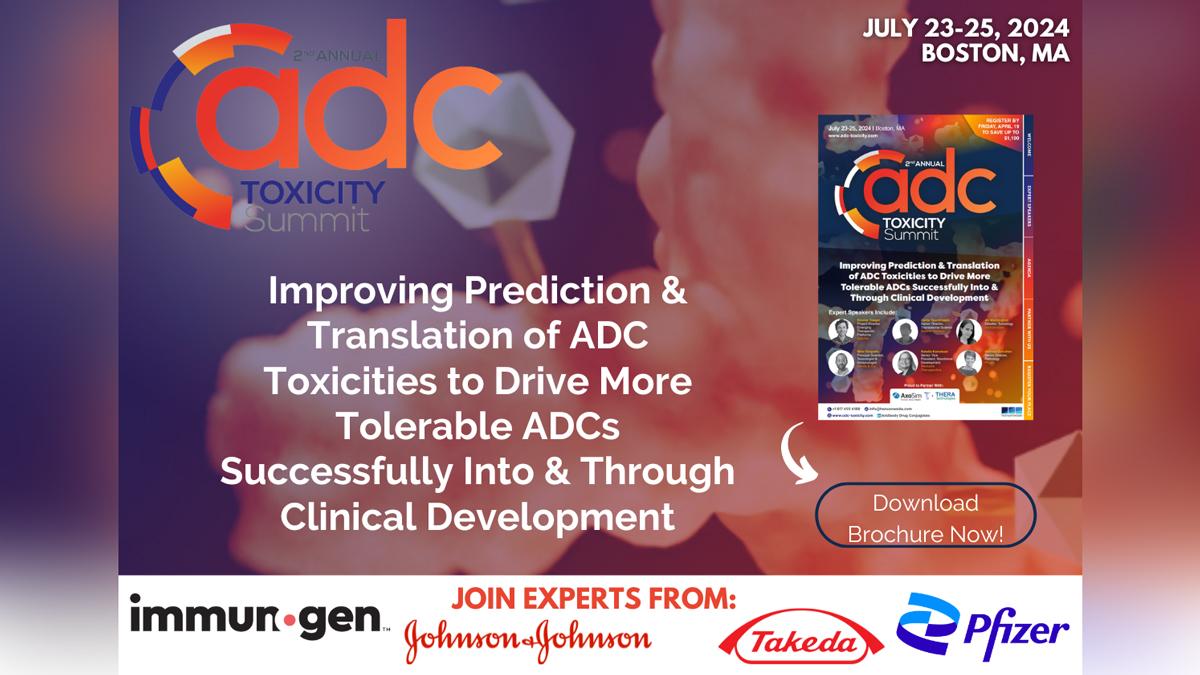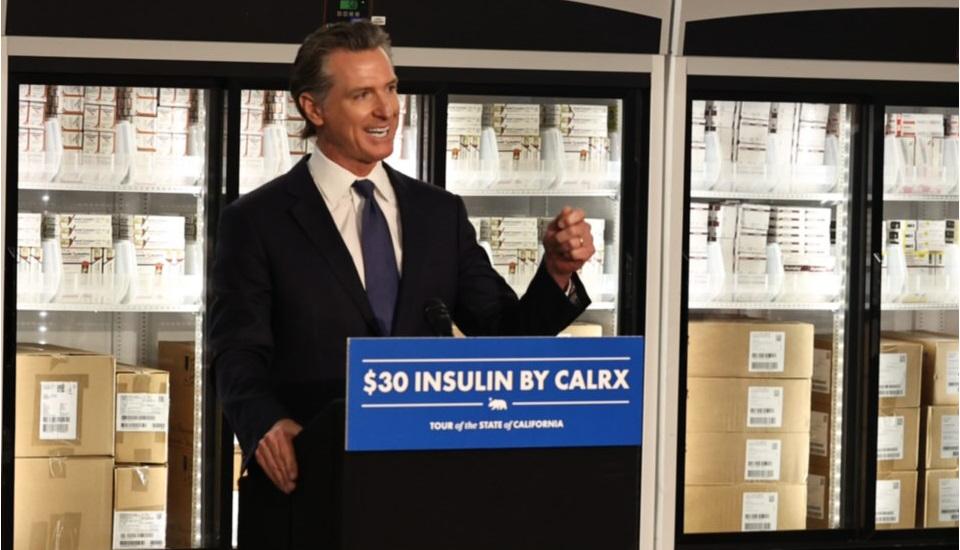Digital and multi-channel management: interview with Benjamin Tilly

Rebecca Aris interviews Benjamin Tilly
Sanofi
pharmaphorum’s Managing Editor, Rebecca Aris, interviews Benjamin Tilly, Digital and Multi-Channel Manager at Sanofi.
Facebook, Twitter, email or carrier pigeon? With so many emerging channels deciding on which channel to use to get your message across can be difficult.
Benjamin Tilly has over 12 years of digital and multi-channel experience. Here he shares his thoughts with pharmaphorum on how to best communicate with your customer and why, sometimes, you may just need to resort to carrier pigeons.
Interview summary
RA: Benjamin, thank you for agreeing to take part. Could you please start by sharing your current focus and how you came to be in this role?
BT: My background is as a Digital / Web Business Analyst and Consultant with 12 years commercial digital and multi-channel experience from agency and client perspectives. I hold a MSc in eBusiness, a Chartered Institute of Marketing E-Marketing qualification and a BSc in Business and IT. I have worked across many digital channels, search, email marketing, social media, CMS, CRM, affiliate marketing, web design and mobile.
I have 4 years pharma experience working for GE Health and now working for Sanofi as the Digital and Multi Channels Manager. Before joining Sanofi, my roles included Business Analyst for BBC Worldwide, IBM and eMarketing Manager for Apple Computers.
I work across all brand and therapy areas within Sanofi from tactical deployment of multi-channel projects, such as eDetails, Websites and KOL Advocacy Programs to strategy and creating policy. I’m also heavily involved with shaping digital at a European and International level being part of a team called ‘the Digital Task Force’ based in Paris.
RA: What considerations should you take when deciding on what digital channels to use for a brand?
BT: Whatever channel you offer it must be accessible to your target audience. Whether you are targeting patients or physicians, the channel must be timely and appropriate. The content must also be highly appropriate and it must offer more than just simple push messaging. To have a solid relationship with your customer you must offer benefits, such as education around a therapy, and not just expect to have the luxury of shouting a message to them. Any relationship should be two ways and you must listen to the customer’s needs. This may sound obvious, but the majority of pharma-branded websites that I have seen miss this completely.
It’s also important to be consistent. If you send an email out, make sure that any landing page associated with the mailer reflects the look and feel. A lack of consistency unnerves people.
RA: How can market research and customer segmentation influence this decision?
BT: It’s a really good idea to segment your customers by the types of channels they prefer to use. For instance, some physicians like face-to-face meetings with reps, others would prefer a remote meeting via a video link. If it’s possible, ask those types of questions when your customers meet the sales force, interact with you online, (sign-up to newsletters etc.), or through plain and simple surveys and questionnaires.
 ,
"To have a solid relationship with your customer you must offer benefits, such as education around a therapy..."
 ,
It’s really important to approach any research without preconceptions. Be open minded. If your target audience prefer to engage with you via carrier pigeon or telepathy then that’s where you must pool you resources. Don’t ignore feedback and chase glory, awards and recognition by creating the best animated Flash website ever. It may look good and win an award for design, but it won’t win you credibility with your customers. They’ll question your ethics.
RA: What challenges do you face in implementing a multi-channel marketing approach?
BT: Dogma is the biggest challenge faced within the industry. There’s a lot of preconceptions and tick-box-approach attitude within the industry. Those views and beliefs are slowly changing, but it’s the biggest hurdle to creativity and productivity.
Another challenge is resource. There’s so much we could do across multiple channels, but simply don’t have the resource to do this. Patient engagement via Facebook is proving to be hugely successful in the USA for our Diabetes team, yet it takes a whole department working full time to run such a project.
RA: How can you measure the success of your digital strategy?
BT: Sales are the obvious marker of any campaign success, but it’s difficult to undertake proper attribution analyses when you are not selling ‘off a webpage’. Is the uplift in sales due to a meeting, sales force, website, emailer or the latest, funkiest eDetail? There’s no way of telling without proper follow up market research.
 ,
"If your target audience prefer to engage with you via carrier pigeon or telepathy then that’s where you must pool you resources."
 ,
RA: Why is it important to engage with sales representatives when putting together a digital strategy?
BT: The sales representatives have the best insight into the customer as they are working with them every day. So it’s important to tap into that knowledge when deciding on your marketing channel mix. They will also be your best critic when developing tools for use within sales situations, so engage them upfront and all the way through to delivery and sign-off.
It’s also important that the sales representatives see these new channels, tools and techniques, not as threats to their jobs, but as extensions to their arsenal that allow them to be more effective and efficient.
Finally, customers love that element of personalisation that they get from the sales representatives. If the digital strategy does not include the same level of personalisation then the customers will be turned off and go elsewhere. Use the sales representatives within the digital channels. If creating a website for your customers, why not include a webpage that gives the sales representative an area to upload his / her profile and to be able to engage directly with the customer, instant chat, messaging, Skype etc.
RA: Benjamin, thank you for your time.
About the interviewee:
Benjamin is a Digital / Web Business Analyst and Consultant with 12 years commercial digital and multi-channel experience from agency and client perspectives. He also has 4 years pharma experience working for GE Health and now for Sanofi as the Digital and Multi Channels Manager. Benjamin holds a Masters Degree in eBusiness, Chartered Institute of Marketing E-Marketing qualification.
Benjamin has worked across many digital channels, search, email marketing, social media, CMS, CRM, affiliate marketing, web design and mobile.
What challenges are there to implementing a multi-channel marketing approach?












